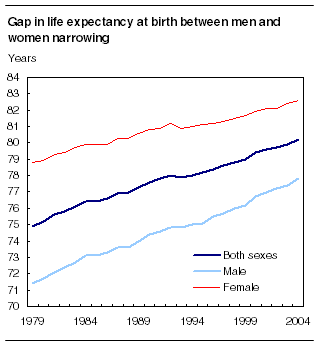Strokes have been observed mainly in the aging population, and various lifestyle factors play a role in the risks. It is generally well known that smoking is one of them. High blood pressure that is left untreated will have a stroke as a consequence. Even though in the past the development of a stroke was more commonly seen in older patients, it has become something to be reckoned with for patients that are middle aged.
While some risk factors are the same in all the age groups, researches scrutinized the age group under 65 for additional risk factors. The one that stands out is depression.
Margaret Kelly-Hayes Ed.D. and her colleagues evaluated data from the Framingham Heart Study, looking at 4,120 participants aged 29-100 years who were followed for 8 years. In the course of their research they checked for symptoms of depression by administering the Center for Epidemiological Studies Depression Scale (CES-D). If patients were taking medication for depression they were included in the study. In participants under 65 with depressive symptoms the stroke risk was found to be four times higher than in the population of the same age group without depressive symptoms.
The findings were commented on by Dr. Francisco Javier Carod-Artal, of the Sarah Hospital in Brasilia, Brazil. He found that a growing body of evidence suggests that biological mechanisms underlie a bidirectional link between depression and many neurological illnesses. Mood disorders can influence the development of disease.
Pinpointing exactly why depressive symptoms are increasing the risk for strokes is a challenge. Dr. David Spiegel from Stanford (Cal.) University was interviewed and he believes that the problem is environmental as well as biologic. People who are depressed may smoke more, avoid social contact, may lack self care and neglect taking blood pressure medication.
In any event it is important to treat depression, and to take care of all the known steps in stroke prevention.
More information about:
1. Stroke prevention: http://nethealthbook.com/cardiovascular-disease/stroke-and-brain-aneurysm/stroke-prevention/
2. Depression: http://nethealthbook.com/mental-illness-mental-disorders/mood-disorders/depression/
Reference: MD Consult News, January 29, 2007
Last edited November 2, 2014











